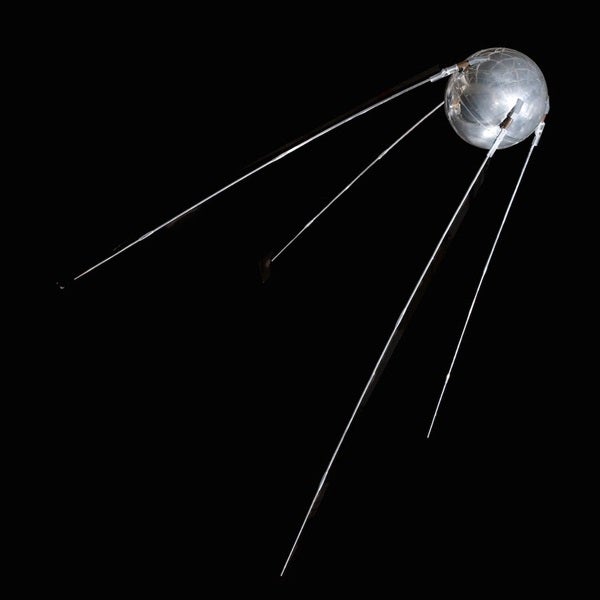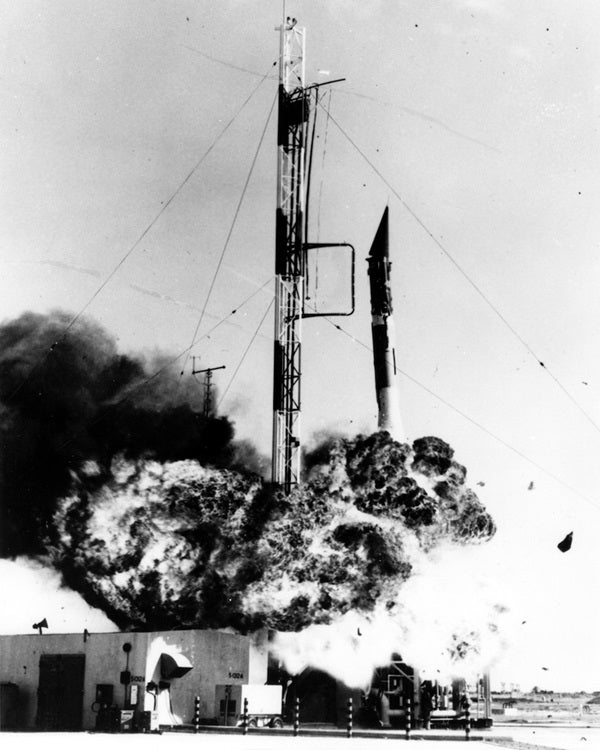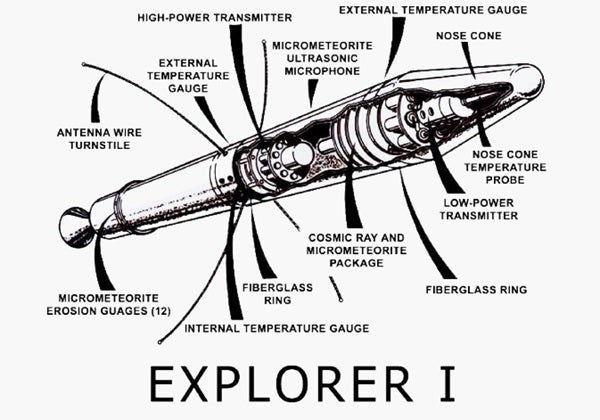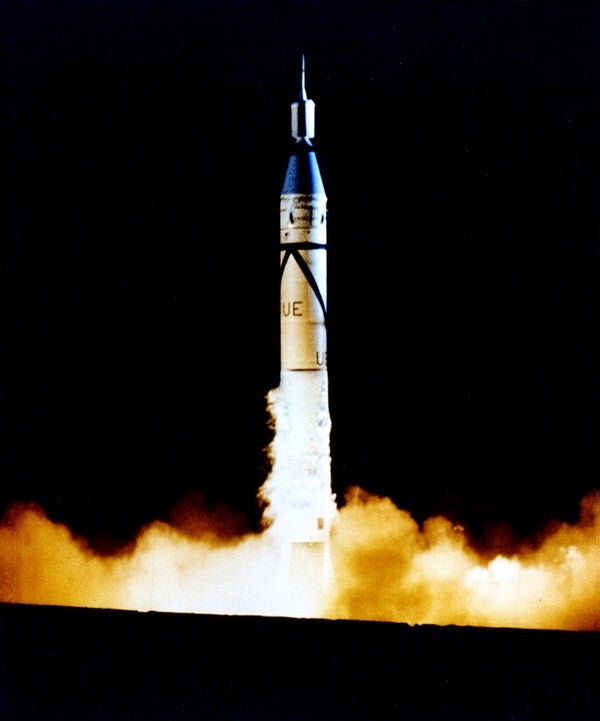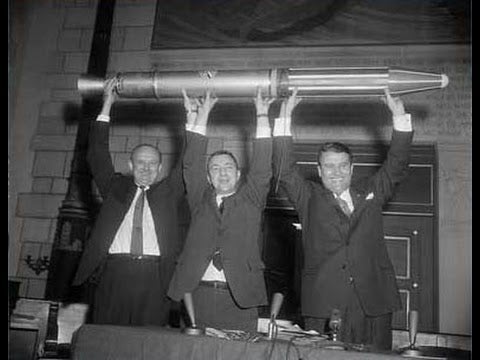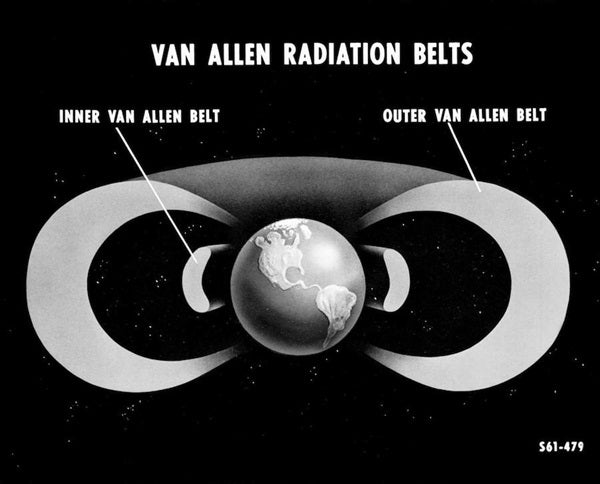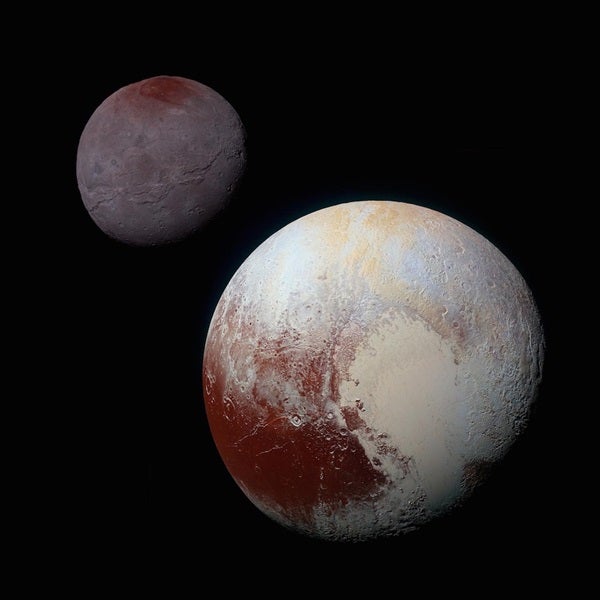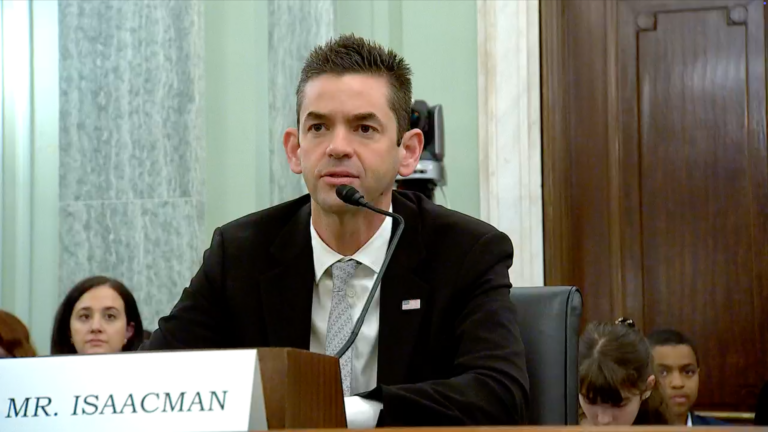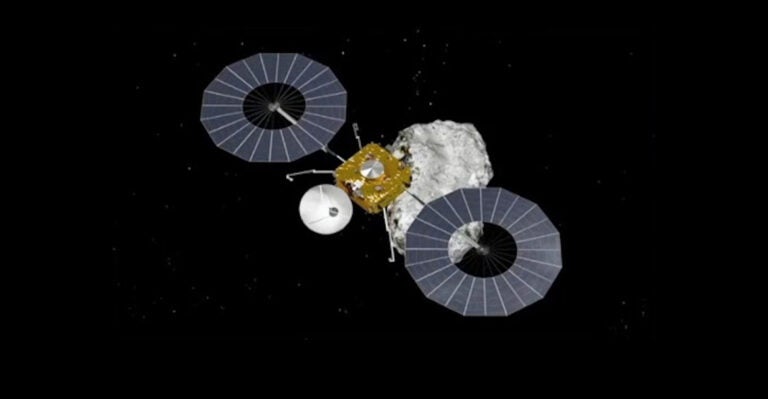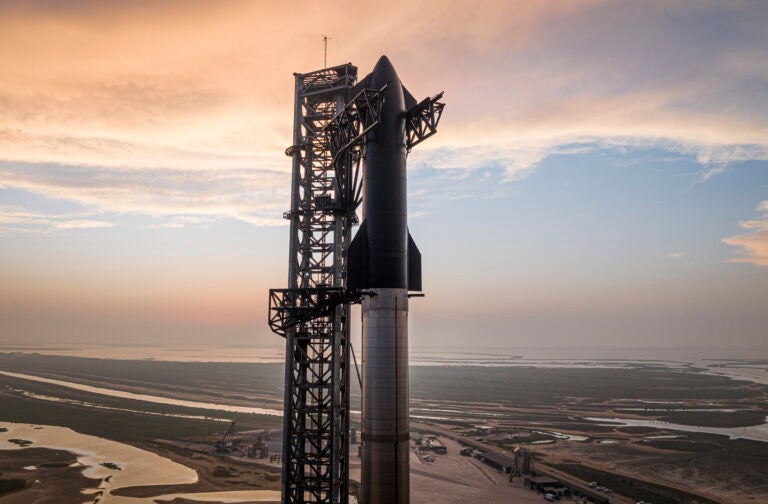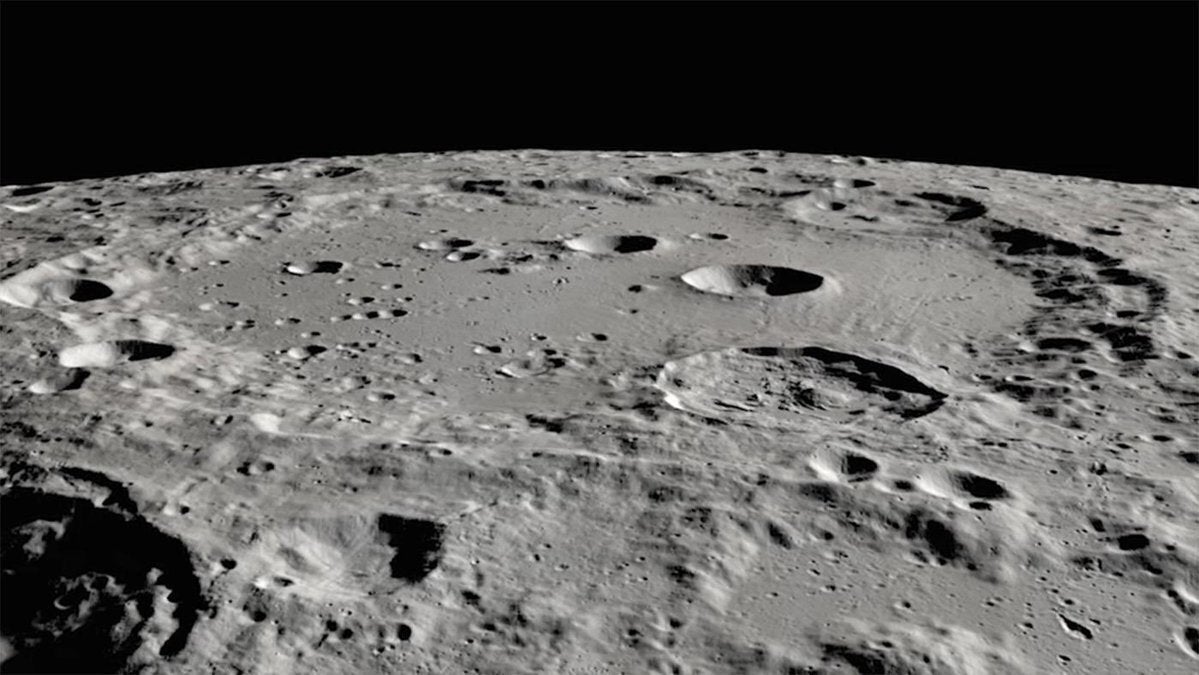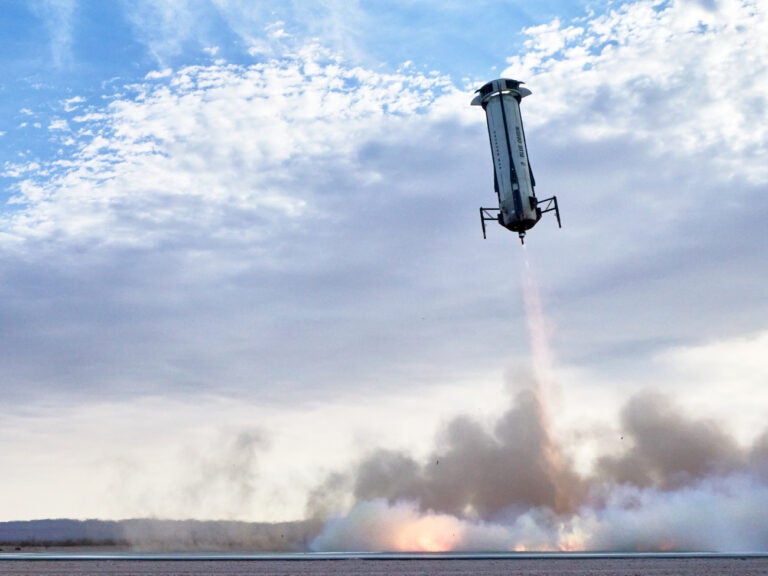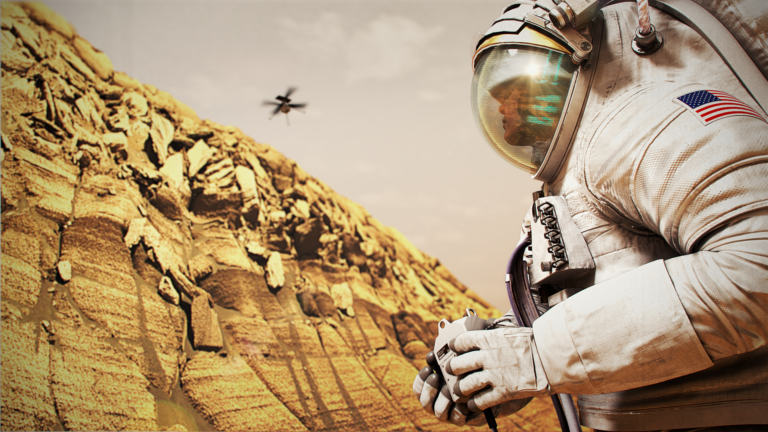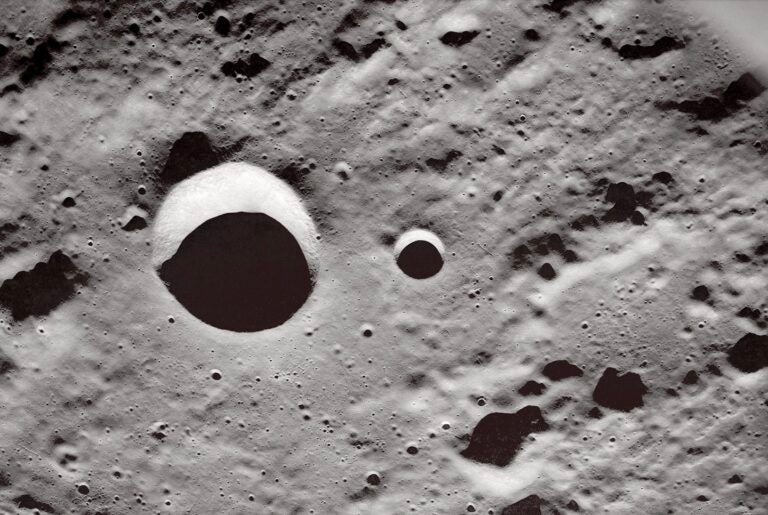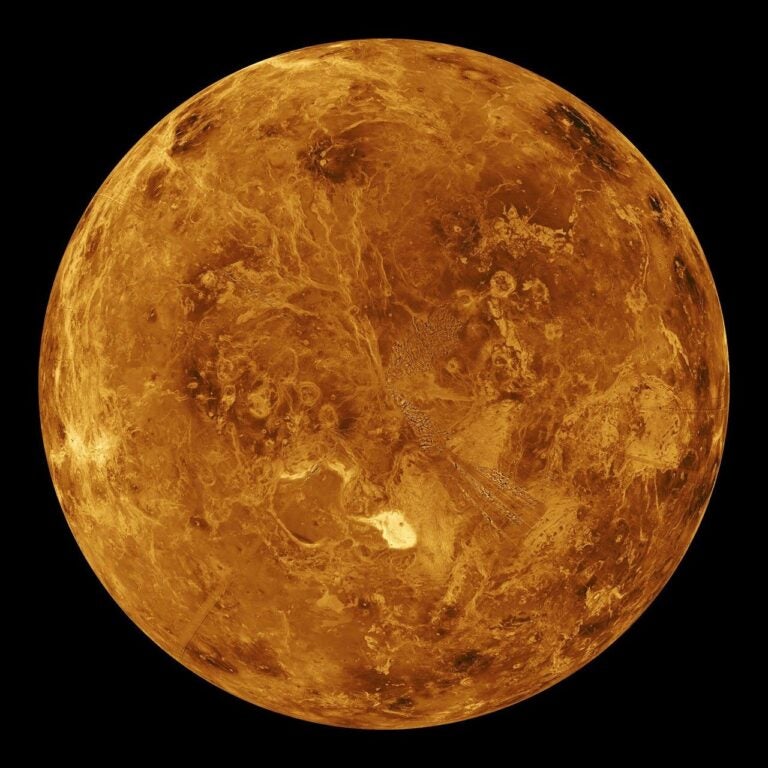“The launch of Explorer 1 marked the beginning of U.S. spaceflight, as well as the scientific exploration of space, which led to a series of bold missions that have opened humanity’s eyes to new wonders of the solar system,” said Michael Watkins, current director of NASA’s Jet Propulsion Laboratory (JPL), in a press release. “It was a watershed moment for the nation that also defined who we are at JPL.”
The motivation
On October 4, 1957, the Soviet Union secretly fired Sputnik 1 into space, making it the world’s first artificial satellite. Circling the globe at nearly 18,000 miles per hour (29,000 kilometers per hour), the beach-ball-sized, 190-pound orb took about 90 minutes to orbit the Earth. On the ground, however, citizens of the United States were temporarily frozen.
“Now we have a Soviet object flying overhead. And it was clear that they could build a missile now that would reach the United States,” said Don Gurnett, a physics professor at the University of Iowa who has been intimately involved with space probes ranging from Voyager to Cassini. “And so there was this huge inferiority complex that had developed in the United States — we were behind.”
In response to the humbling Soviet achievement — which was followed less than a month later by the Soviet launch of Sputnik 2 and Laika the dog — President Dwight D. Eisenhower scheduled an American attempt at a satellite launch on December 6, 1957, using the Navy’s Vanguard rocket. Though Vanguard initially managed to make it a few inches above the ground, it quickly fell back to Earth, collapsed in on itself, and burst into flames.
“I remember watching it, and it was humiliating!” Gurnett told Astronomy. “You know, we try to launch a satellite, and not only that, the Vanguard spacecraft was about the size of a grapefruit and weighed three pounds, and the [Soviets] had already launched something that’s 1,100 pounds with a dog. You can kind of understand the mentality of people like myself and other people that were following all of this. It was just embarrassing!”
Following the failed Vanguard effort, Eisenhower turned to the Army Ballistic Missile Agency (ABMA) in Huntsville, Alabama. The Army team, which included former German scientist Wernher von Braun (who would later design NASA’s Saturn V rocket), was working to send satellites into space using a modified version of the German V-2 rocket called the Jupiter-C. Since the Army’s rocket had already achieved a suborbital flight in 1956 (without a satellite payload), the team was confident it could succeed.
Though von Braun and his team had quietly developed their own satellite payload for the Jupiter-C rocket, the Army ultimately decided to cap the rocket with a satellite developed by the Jet Propulsion Laboratory (JPL) in Pasadena, California. The satellite also contained a scientific instrument used to detect cosmic rays called a Geiger tube, which was designed and built by James Van Allen, a space scientist at the University of Iowa and Gurnett’s former mentor.
Although the Army team was given just 90 days to prepare for the launch, within 84 days, the Jupiter-C rocket stood on the launch pad at Cape Canaveral in Florida, capped with Explorer 1. At 10:48 p.m. EST on Friday, January 31, 1958, the spacecraft’s engines ignited, propelling it up into the heavens and out of sight. After an agonizing hour and a half, a JPL tracking station in California finally picked up the signal from the 31-pound, javelin-shaped satellite, proving that the United States had officially entered the Space Age.
Explorer 1 continued to transmit data while orbiting Earth for about four months, but eventually its batteries gave out, causing it to stop operating on May 23, 1958. Though the satellite was essentially dead, it continued to circle the globe for almost twelve more years, completing over 58,000 orbits. Explorer 1 burned up upon re-entry to Earth’s atmosphere on March 31, 1970.
Much like Sputnik 1 and 2, Explorer 1 was more than just a proof of concept; it was intended to collect valuable scientific data. Explorer 1 had three main scientific objectives: to record the temperature above Earth’s atmosphere, to monitor micrometeorite impacts, and, most importantly, to explore the radiation environment around Earth by using Van Allen’s Geiger tubes to hunt for cosmic rays.
“[Van Allen] had the relationship with Von Braun via the captured V-2s,” said Gurnett. “And Van Allen was building Geiger tubes, putting them on top of V-2s, and shooting them up in the atmosphere. The reason being that Van Allen was interested in cosmic rays, and there was an increase in the cosmic ray intensity (not much, but an increase) as you go up to higher altitudes, like 40-60 kilometers.”
Although Van Allen expected Explorer 1 to show that cosmic rays were most prevalent high above the atmosphere, the Geiger tube aboard the satellite appeared to detect very little radiation. “They thought the instrument was broke because it wasn’t counting at all,” said Gurnett, “but it turns out the flux was so high it was causing the Geiger tube to go into continuous discharge.” Explorer 3 later confirmed the excessive radiation beyond Earth’s atmosphere.
With this finding, Van Allen had made the first great discovery of the Space Age. He found that doughnut-shaped regions of high-energy particles that are held in place by Earth’s magnetic field surround our planet. However, initially, the Soviets were skeptical of the discovery.
“There’s all kinds of stories about this which I later learned when I started working with Van Allen,” said Gurnett. “The [Soviets] thought that the United States created the radiation belt with a nuclear weapon, and, as matter of fact, Van Allen went to Russia to a meeting…and I guess convinced them that, no, no, it was a natural radiation belt.” The radiation belts have since been dubbed the Van Allen belts.
Since the launch of Explorer 1 sixty years ago, the American space program has progressed in leaps and bounds. NASA was established later in 1958; Apollo 11 landed humans on the Moon in 1969; the space shuttle program ferried astronauts into space for decades; and various space probes have visited every planet in the Solar System, plus a few smaller bodies for good measure. Additionally, we are no longer confined to just our Solar System. As Gurnett cheekily points out, “we’ve reached interstellar space — by the way, it was my instrument that showed we got to interstellar space.”
On the back of Explorer 1, America has built a legacy of scientific exploration and discovery. During the next few years, NASA plans to launch the first ever spacecraft that will “touch” the Sun, a rover capable of exploring the interior of Mars, and a space telescope designed to search for the earliest light in the universe. Furthermore, NASA is leading the charge for human exploration of the Solar System, with plans to send astronauts back to the Moon and beyond.


